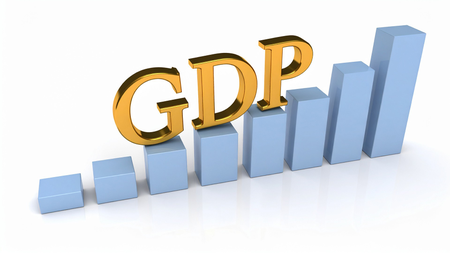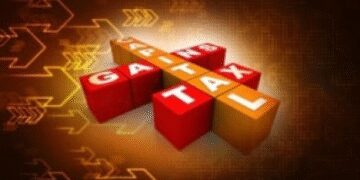New Delhi, 2 July (IANS). India’s GDP growth rate can be between 6.8 to 7 percent in the April-June period of 2025. At the same time, the growth rate of the country’s economy in FY 26 is estimated to be 6.3 percent. The reason for this is the strengthening of high frequency indicators.
HSBC Global Investment Research updates 100 indicators framework every month. It consists of high frequency indicators of many sectors, which explain the correct picture of the development of the country.
The report of HSBC Global Investment Research reported, “72 percent of indicators have shown positive growth in April and the figure was 67 percent in May. On a quarterly basis, 70 percent of indicators have shown positive growth in the second quarter of 2025, while the figure was at 67 percent in the first quarter of this year.
“If this trend continues in June also, the growth rate of GDP may remain between 6.8-7 percent during the April-January period,” the report said.
HSBC Global said, “The informal sector is leading consumption. There was a positive increase in major indicators on a gradual basis. These include selling two-wheelers, production of non-durable items, non-solution GST collections, rural trade and real rural wages.”
At the same time, the consumption of the formal sector remained mixed, some indicators (demand for production of petrol, consumer imports and sustainable items), while others like other passenger vehicles sales have been weak.
“The increase in government spending was an additional bonus, which focused not only on consumption but also on capital expenditure,” the report said.
India’s capital expenditure increased by 54 percent in April-May of FY 26, which was run by strong non-tax revenue and RBI surplus.
According to the report, the three data points reflect a rapid change from formal to informal. First, indirect tax collection (proxy for informal consumption) is overtaking direct tax collection after a long wait. Second, the overall debt growth is slowing down, but the loan demand for MSME is increasing. Third, RBI’s corporate database indicates that increases in small firms are leading beyond large firms. ”
“The decline in inflation has played an important role in furthering the economy. It has improved real purchasing power, increasing the consumption of informal sector, which makes two-thirds of consumption,” the report said.
-IANS
ABS/






